For swimmers, building cardiovascular endurance is non-negotiable. But when pool access is limited, joint fatigue sets in, or you're looking for active recovery, stepping into a low-impact cardio routine can be a game-changer. The good news? You don’t need equipment, a gym, or even much space. This 40-minute, no-equipment, low-impact cardio workout is specifically designed with swimmers in mind—supporting aerobic capacity, joint health, and muscular endurance without compromising recovery.
Swimming is a full-body, low-impact sport, but dryland training often leans toward high-intensity or weight-bearing movements. While those have their place, low-impact cardio complements swim training by boosting heart health, improving circulation, and enhancing lung capacity—all while minimizing stress on shoulders, knees, and hips. This makes it ideal during taper periods, injury recovery, or off-season maintenance.
Plus, because it’s no-jump and no-equipment, you can do it anywhere—your hotel room, backyard, or living room—making consistency easier.
This session is divided into four 10-minute blocks: warm-up, cardio build, endurance phase, and cooldown. Each block uses bodyweight movements that are smooth, rhythmic, and sustainable.
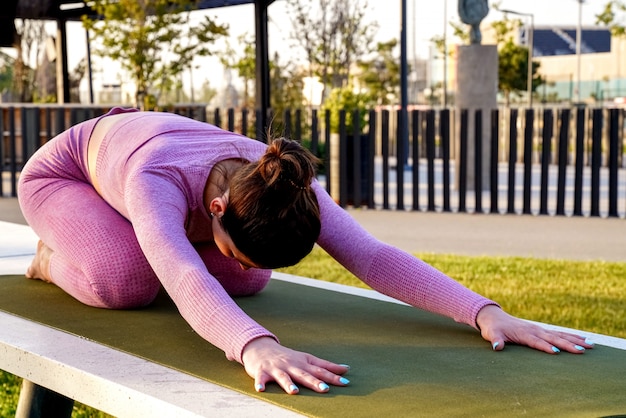
Prepare your body with dynamic movements to activate muscles and increase heart rate gradually.
Increase intensity with rhythmic, continuous movements. Perform each for 50 seconds, rest 10 seconds.
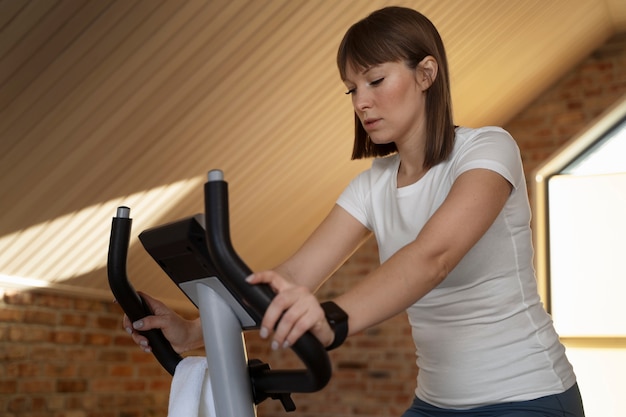
Maintain steady effort. Perform each exercise for 45 seconds, rest 15 seconds. Repeat the circuit twice.
Bring heart rate down and improve mobility.
Consistency is key. Use these simple tracking methods:
Use these mental cues during the workout:
Stay consistent, stay injury-free, and let your land workouts power your swim performance.

Fitness

Fitness

Fitness

Fitness

Fitness
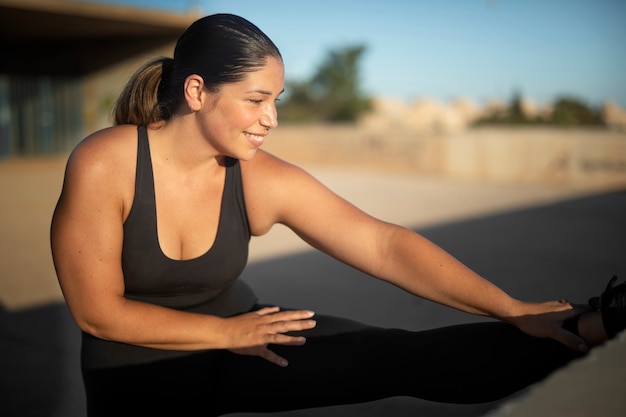
Fitness
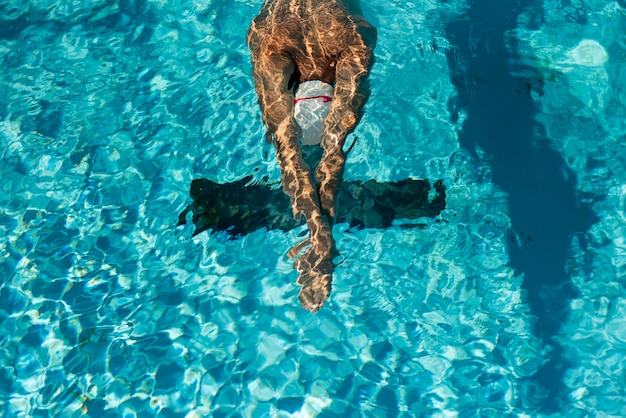
Fitness
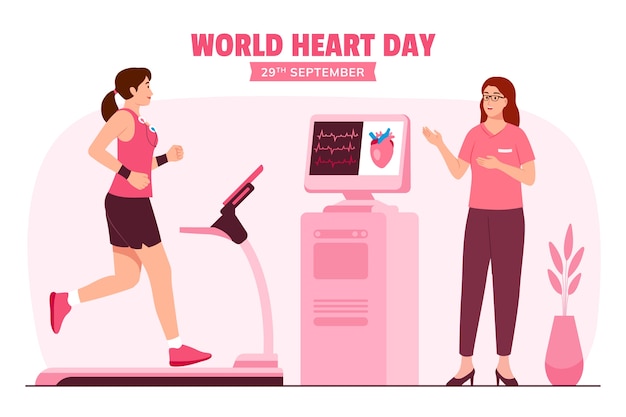
Wellness
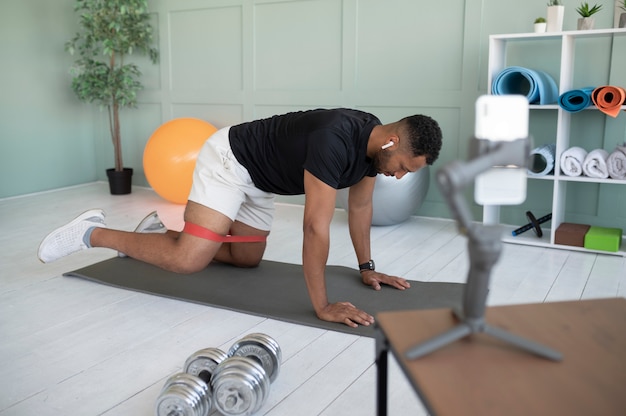
Fitness

Fitness
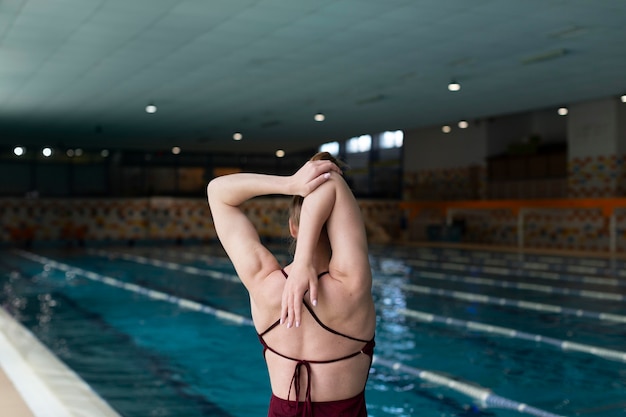
Fitness
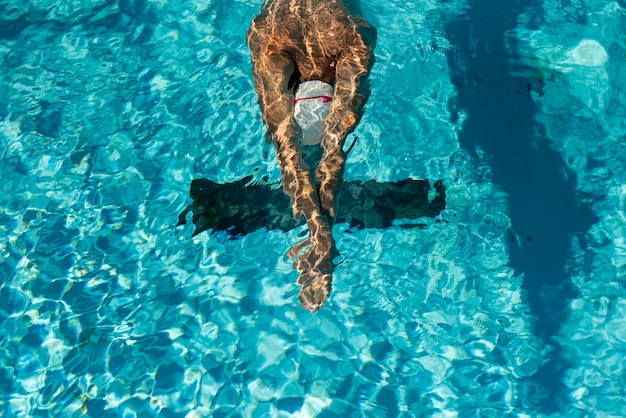
Fitness

Health

Fitness

Health

Health